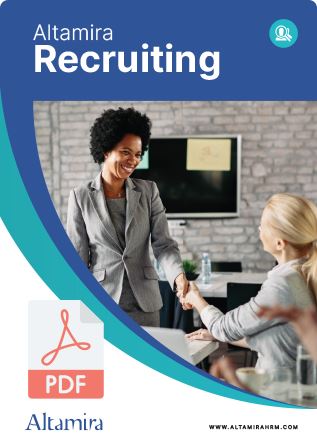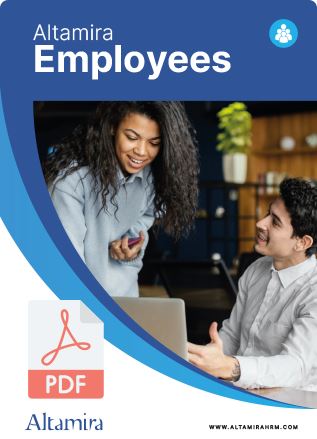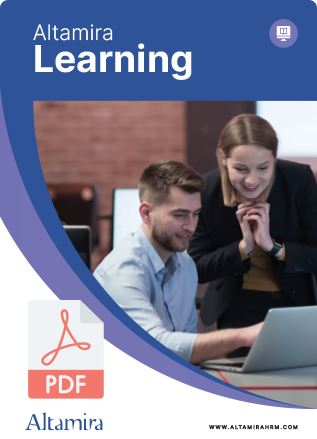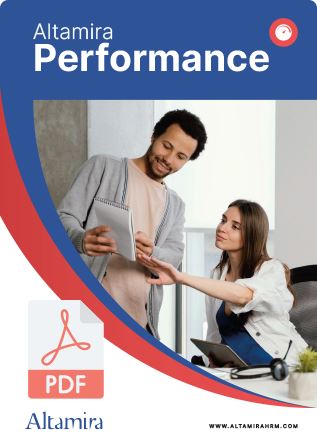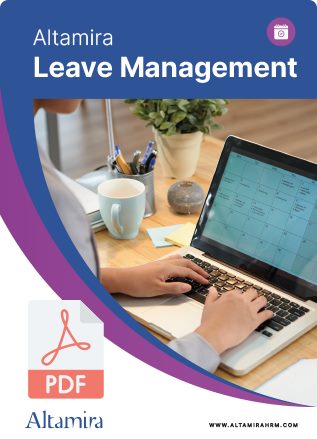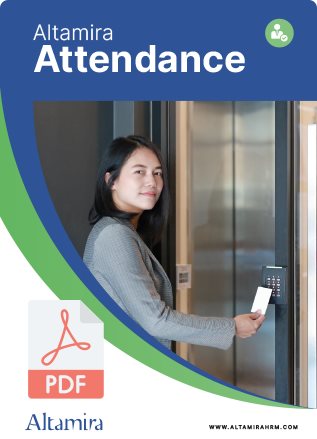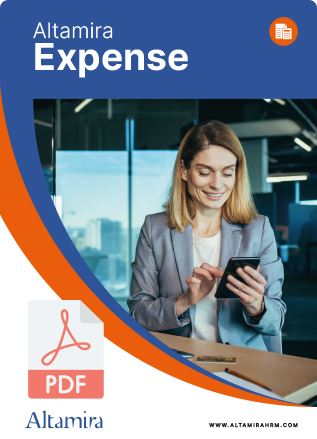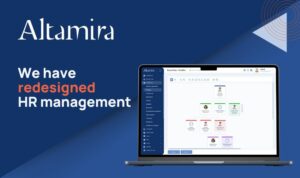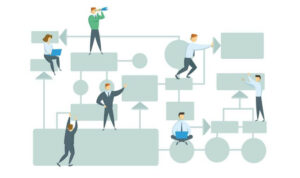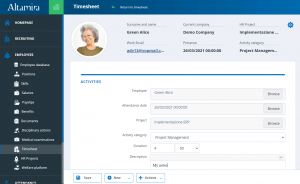In recent years, electronic signature has emerged as a crucial tool for enhancing the efficiency of various business processes, thanks in part to the impetus provided by the pandemic-driven shift towards hybrid work.
The sudden success of this technology in the HR sector can be attributed not only to its numerous benefits, which we will discuss below, but also to a convergence of trends that have made its adoption a logical and pragmatic choice.
Here are some of the main ones:
1. Paperless record-keeping
For years now, businesses have been digitizing their personnel documents, creating an ideal foundation for implementing electronic signatures. It’s no wonder that most HR departments are now ditching the traditional pen-and-paper process in favor of the paperless and effortless electronic signature one.
2. The spread of hybrid and remote work
As the demand for hybrid and remote work grows, meeting with candidates or employees in person to sign essential documents is becoming increasingly challenging. Electronic signatures streamline this process with just a few clicks, erasing distances and eliminating the need for the occasional office visit.
3. The rise of Agile HR
Agile HR is a philosophy that is gaining widespread acceptance, as it emphasizes finding simple solutions to complex problems while prioritizing the employee experience. This is where the success of comprehensive platforms like Altamira HRM and agile solutions like electronic signature comes into play.
4. Self-service culture and transparency
The trend towards self-service and transparency in HR management is gaining momentum. Nowadays, employees have the ability to view and update their personal information, clock in and out, request vacation and time off, sign up for courses, and even perform self-evaluations – all while keeping track of these actions from their own personal accounts. With this increased level of control, it’s only natural that employees expect to sign documents with the same ease and have access to signed copies whenever needed.
5. The success of workflow management systems
The progressive transformation of HR software into workflow management systems has made the integration of electronic signature systems into a reality. Modern software, such as Altamira HRM, can digitalize a flow of activities by incorporating a series of automation – such as notification sending, document generation, and external software interaction – that reduces the workload on HR departments and increases effectiveness. Electronic signature is among the activities that can be integrated into the workflow management system.
Different types of electronic signature
There are various kinds of electronic signatures, each with a different degree of complexity and legal validity.
The main ones include:
- Simple electronic signature. It allows users to sign simple documents with just one click, indicating acceptance or approval.
- OTP electronic signature. This type of signature enhances security by requiring authentication through an OTP code (One Time Password: an alphanumeric string randomly generated by an authentication service that ensures secure access to a service).
- Advanced electronic signature. This signature type requires more rigorous authentication checks, including identity document verification.
- Qualified electronic signature. In EU countries, this is the only type of electronic signature that is legally equivalent to a handwritten signature.
In some cases, a simple signature may be sufficient, offering an easy and immediate user experience, while other document exchanges may require advanced or even qualified electronic signatures.
Electronic signatures and digital signatures are often used interchangeably, but the latter is just a subset of the former, referring to electronic signatures created with a digital certificate from an accredited institution.
The Advantages of Utilizing Electronic Signature in HR Management
So far, we have discussed the conditions that have enabled the success of electronic signatures and the different types that can be used. Now, let’s focus on the many benefits that its use brings to personnel management:
- Efficiency. Incorporating electronic signatures into digital HR processes significantly reduces the time needed to sign each document. The need for physical presence or proximity is eliminated, allowing for seamless operations to be completed in seconds without the hassle of printing or scanning files. Additionally, automatic notifications strategically improve timing by keeping users informed and reminding them of pending tasks.
- Order. Incorporating a digital workflow for document signing enhances the overall organization of the HR process. With this feature, the HR department can stay updated on the status and completion time of each operation. Additionally, the system automatically archives each signed document in perfect order, ensuring easy retrieval and maintenance.
- Convenience. By eliminating the need for paper and ink, the system reduces stationery and storage expenses, as well as shipping and registered mail costs; this, in turn, increases the environmental sustainability of the company. But the most significant advantage remains the amount of time saved by using the system.
- Security and Compliance. Document exchange and signature are carried out in complete security on technologically advanced platforms, protected from unauthorized access. User identification is verified, and the signature complies with national regulations.
- Engagement. Electronic signatures can be used right from the recruiting and onboarding stages, promoting employee engagement and their experience in the company by making bureaucratic processes more seamless and user-friendly.
Practical examples
Altamira HRM’s customers benefit significantly from using electronic signatures in various contexts. Here are some examples:
- To beat the competition on time by having a candidate sign the job offer remotely.
- To exchange documents and signatures during onboarding, creating an excellent first impression.
- To assign pay raises and promotions or make other changes to an employee’s work contract, even if they work remotely.
- To have an employee sign the MBO objective assignment letter, providing transparency and officiality to the process.
As electronic signatures become more widely adopted, HR management systems are poised for increased efficiency and agility in the coming years.
Copyright: ©May_Chanikran/Adobe Stock

